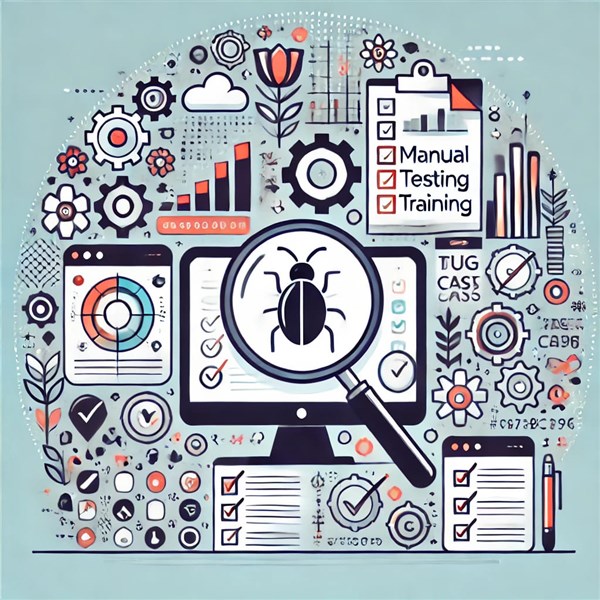We're open through the holidays to support your upskilling goals — book your session today!
We're open through the holidays to support your upskilling goals — book your session today!
Unable to find what you're searching for?
We're here to help you find it
In today’s technology-driven world, software must be reliable, user-friendly, and bug-free. That’s where quality assurance (QA) comes in—and at the heart of QA lies manual testing. While automation testing is on the rise, manual testing remains a critical foundation for any software testing career. It’s often the first step in learning the ropes of how software behaves, where it fails, and how to ensure top-notch quality.
A manual testing training program provides the essential skills required to kickstart or strengthen a career in QA. It equips testers with both theoretical knowledge and hands-on experience to find defects, evaluate functionality, and improve product performance.
In this blog, we’ll walk you through the 10 core skills you’ll learn in a manual testing training program and why each is vital for succeeding in today’s QA industry.
Before you start testing, it’s essential to understand how software is built. Manual testing training begins with a thorough explanation of:
These models help testers understand where they fit into the process and how their work contributes to overall product quality.
A strong QA engineer knows how to write clear, comprehensive, and effective test cases. Manual testing training teaches:
Well-written test cases improve traceability, reproducibility, and the overall efficiency of testing efforts.
Bug tracking is a key responsibility of manual testers. Through training, you’ll learn how to:
Effective bug reporting ensures that developers can fix issues promptly, improving turnaround time and software stability.
Manual testing training gives you hands-on practice with different testing types, especially:
You’ll also be introduced to subcategories like:
Understanding these types helps testers decide which tests to run and when.
A huge part of testing is thinking beyond the obvious. Good testers don’t just verify what’s written in the requirements—they anticipate what could go wrong. Training sharpens your ability to:
These skills turn you from a box-ticker into a true quality advocate.
Even in manual testing, tools play an important role. Training often includes exposure to:
Familiarity with these tools prepares you for real-world QA environments where traceability and collaboration are crucial.
Good testers understand that testing begins with requirements. A manual testing program will teach you how to:
This ensures complete coverage and makes audits and client reviews smoother.
Even manual testers often verify data at the backend. Most training programs include a basic SQL module, covering:
These skills are vital for validating that software not only looks right but stores data correctly.
Managers need insights into test progress and product readiness. A good training program shows you how to:
Reporting skills are particularly important when communicating with non-technical stakeholders.
Software testing doesn’t happen in a vacuum. You’ll often work with developers, business analysts, and product owners. Training helps you:
These soft skills ensure you integrate smoothly into modern development environments.
🎓 Bonus: Preparation for Certification and Job Interviews
Many manual testing training programs also include:
This real-world readiness boosts your confidence and employability in the competitive QA landscape.
🏁 Final Thoughts
Whether you’re a beginner looking to break into QA or a professional transitioning from another tech role, manual testing training is a powerful launchpad. It not only teaches you how to test software manually but instills a quality-first mindset that stays with you throughout your career.
From test case writing to bug reporting, collaboration, and Agile workflows, the 10 core skills you gain during a training program set the foundation for becoming a skilled and confident QA professional.
And remember—manual testing isn’t outdated; it’s foundational. Even automation testers and SDETs rely on manual techniques to understand test design, perform exploratory testing, and ensure software aligns with business expectations.
These are just a few of the core skills you can expect to learn from a manual testing training program. To truly master these skills and become a successful manual tester, enroll in a course that provides comprehensive training. Koenig Solutions is a leading IT training company providing certifications in top technology courses, including manual testing. Their course is designed to equip you with all the skills you need to become a successful manual tester.

Aarav Goel has top education industry knowledge with 4 years of experience. Being a passionate blogger also does blogging on the technology niche.










